Bibliography of the "Navette" model: - Vallauris, the workshop city, 1938-1962, a ceramic adventure, Ed. Silvana Editoriale, 2021, model listed p. 70 - Pierre Staudenmeyer, Roger Capron, Céramiste, Éd. Norma, 2003 tile panel listed p. 85
French ceramist Roger Capron was born in Vincennes in 1922. He studied at the École des Arts Appliqués in Paris, graduating in 1943 and working for a time as a teacher. In 1946, Roger Capron moved to Vallauris in the south of France and founded the ceramics workshop “Atelier Callis” with ceramists Robert Picault (1919-2000) and Jean Derval (1925-2010). Located along the French Riviera, the town of Vallauris is renowned for its pottery production dating back to Roman times. During the post-war period, the town experienced a renaissance of this craft, as many artists (such as Picasso) arrived here to work with ancient materials and techniques. Atelier Callis began producing small, deliberately modest household objects designed for everyday use. The growing popularity of French ceramics at the time gave Roger Capron the opportunity to expand his business. In 1952, he separated from Robert Picault and Jean Derval and opened his own small factory, Atelier Capron, which employed around fifty workers. A few years later, Roger Capron's reputation was established internationally, and his pieces could be found on the shelves of department stores such as Saks Fifth Avenue and Gimbels. By 1980, his factory employed around 120 people and specialized in tiled coffee tables, for which Roger Capron is famous today. His success attracted imitators, and in 1982 the factory was forced to close due to the competitiveness of cheap, mass-produced tiles. Like Picasso, Roger Capron's design aesthetic was constantly evolving, as he worked in a variety of styles from the 1950s onward. Early in his career, Capron was a proponent of the Formes Libres movement, characterized by undulating lines and expressionist motifs. From the 1960s onward, he moved toward a more controlled, modernist style with glossy glazes and bold geometric patterns. But over time, Roger Capron's work, which ranged from coffee and side tables to carafes and vases, was considered cliché in France, and he fell into obscurity. Today, however, his pieces are once again highly valued by collectors worldwide. Roger Capron received numerous awards throughout his career, including the Gold Medal at the Milan Triennale and Expo '58 in Brussels. In 2000, the New York Times wrote that Capron was “one of the most prolific and important artisans of postwar European design.” He died in 2006.



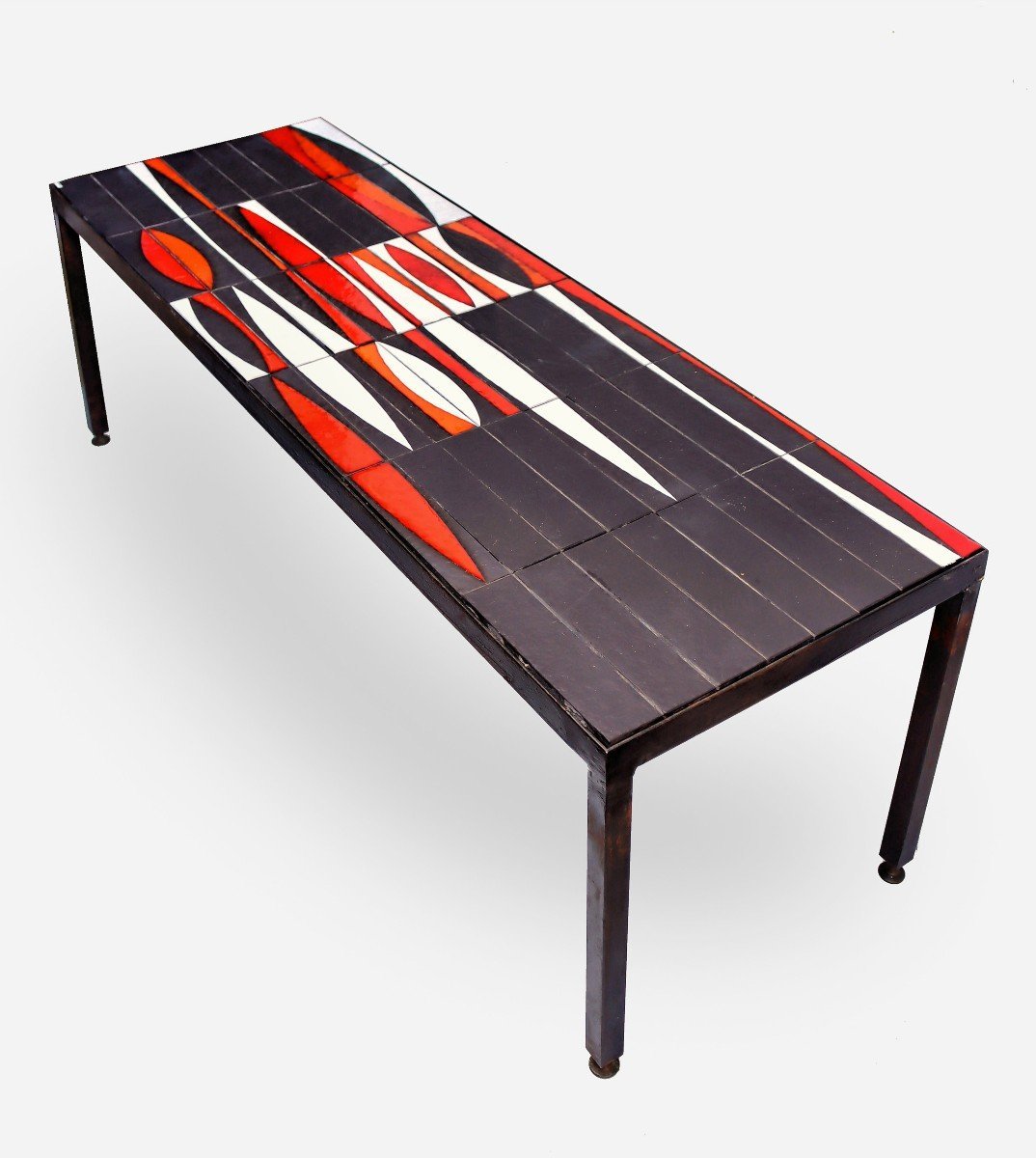





















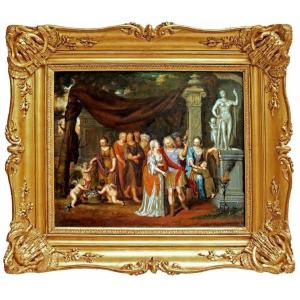









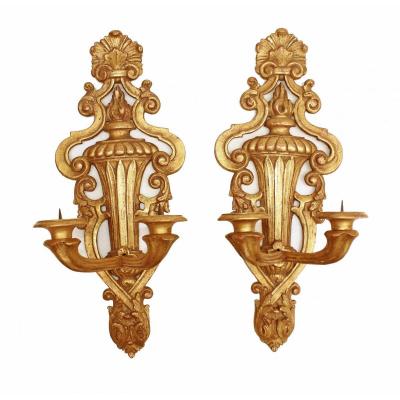
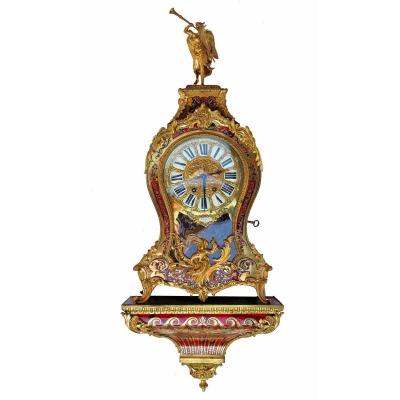
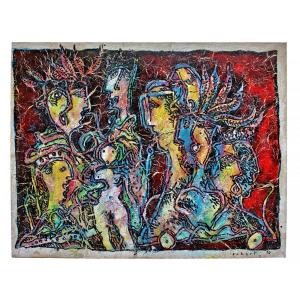


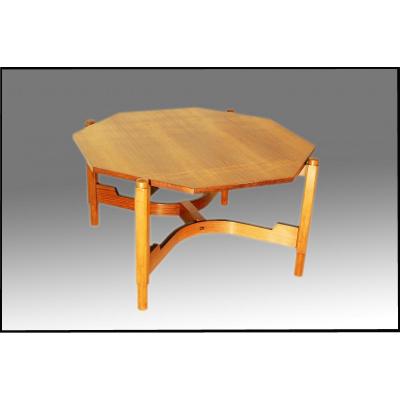

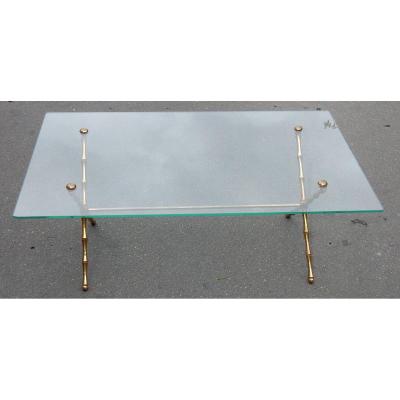





 Le Magazine de PROANTIC
Le Magazine de PROANTIC TRÉSORS Magazine
TRÉSORS Magazine Rivista Artiquariato
Rivista Artiquariato